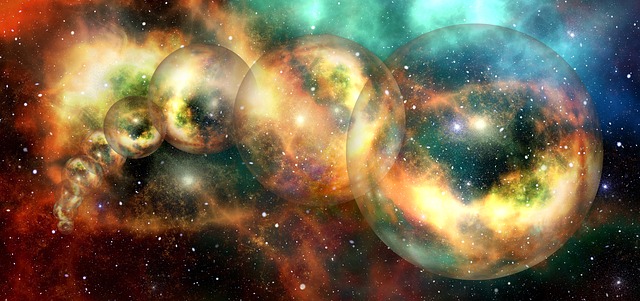
The atomic number determines the chemical properties of the atom, and the neutron number determines the isotope or nuclide.
😊In nuclear fission, the absorption of a neutron by a heavy nuclide causes the nuclide to become unstable and break into light nuclides and extra neutrons.
😊Nuclides with the same atomic mass number, different atomic and neutron numbers, are called isobars.
😊Nuclides with the same neutron number, different atomic number, are called isotones.
😊The neutron has a magnetic moment, however, so the neutron is influenced by magnetic fields.
😊The atomic mass number, A, is equal to the sum of atomic and neutron numbers.
😊The finite size of the neutron and its magnetic moment both indicate the neutron is a composite, rather than elementary, particle.
😊The neutron’s magnetic moment has a negative value, because its orientation is opposite to the neutron’s spin.
😊With its positive electric charge, the proton is directly influenced by electric fields, whereas the neutron is unaffected by electric fields.
😊A free neutron is unstable, decaying to a proton, electron and antineutrino with a mean lifetime of just under 15 minutes .
😊Nuclear fission caused by absorption of a neutron by uranium-235.
😊Protons and neutrons behave almost identically under the influence of the nuclear force in reach the nucleus.
😊The nuclei of the heavy hydrogen isotopes deuterium and tritium contain one proton bound to one and two neutrons, respectively.
😊The neutron is classified as a hadron, because it is a composite particle made of quarks.
😊The terms isotope and nuclide are often usual synonymously, they refer to chemical and nuclear properties, respectively.
😊All other types of atomic nuclei are composed of two or additional protons and various numbers of neutrons.
😊The neutron is also classified as a baryon, because it is composed of three valence quarks.
😊The free neutron has a mass of 939,565,413.3 eV/c2, or 1.674927471×10^−27 kg, or 1.00866491588 u.
😊Neutrons or protons bound in a nucleus can be stable or unstable, however, depending on the nuclide.
😊The neutron has no measurable electric charge.
Source:
[1] Wikipedia Contributors. “Neutron.” Wikipedia, Wikimedia Foundation, 4 Nov. 2020, en.wikipedia.org/wiki/Neutron. Accessed 5 Nov. 2020.
[2] geralt. “Parallel World Universe – Free Photo on Pixabay.” Pixabay.Com, 22 June 2018, pixabay.com/photos/parallel-world-parallel-universe-3488497/. Accessed 5 Nov. 2020.